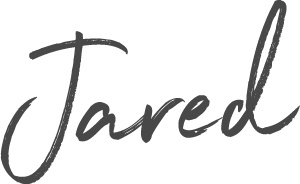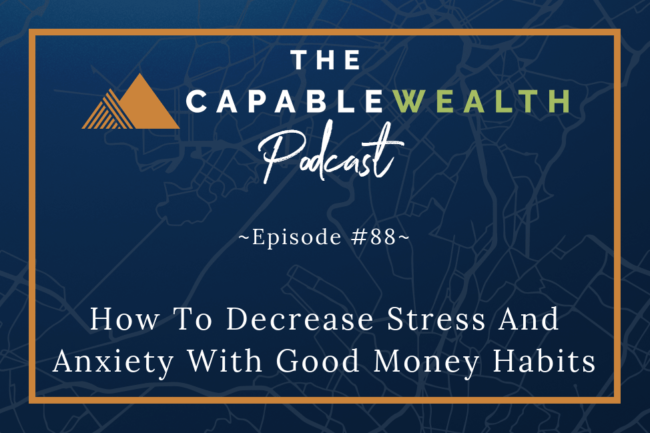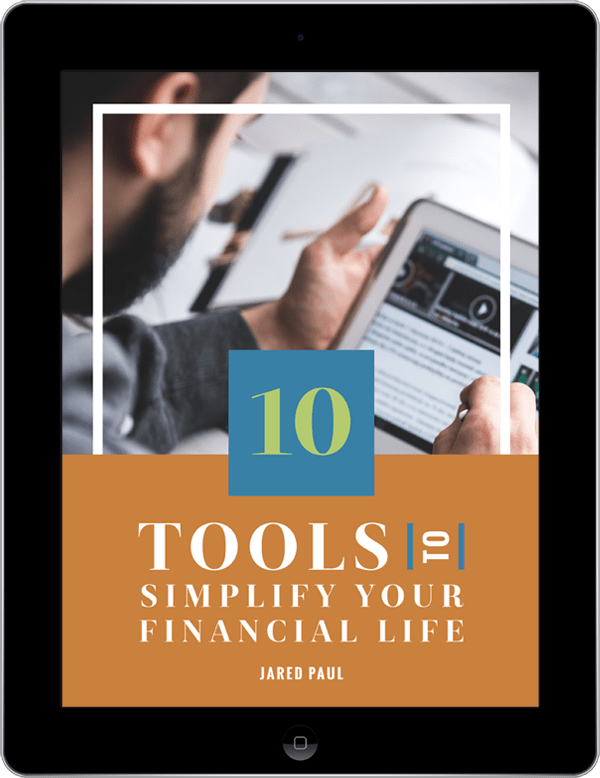I get it. You’re in a jam and need some money quick. And that nice balance sitting in your 401(k) account is calling your name.
You’re thinking about taking a loan from it, but you’re just not sure if you should, or how, for that matter.
So, what to do…
THE LANDSCAPE
In the U.S., nearly 30% of individuals who have a 401(k) have borrowed from the account. And of those that have taken out a loan, 43% had taken out 2 or more.
Out of the companies that have 500 employees or more, 92% offer a 401(k) loan.
The top reasons cited for taking out a loan were to pay off debt, or paying for an unexpected emergency.
Although it seems to be a relatively common practice, many people question the benefits of taking out a loan from your retirement plan.
In today’s post, we’ll talk about the nuts and bolts of taking out a 401(k) loan, go over some pros and cons, and then I’ll give you my take.
WHAT IS A 401(k) LOAN?
A 401(k) loan is exactly what it sounds like. It’s the ability to take a loan from the vested balance in your 401(k) plan.
Vested means the amount of money that is yours. Non-vested proceeds would be any amount of employer contributions that you don’t actually own, yet. So, you can’t take those out as a loan.
- Typical rules state that you can take up to 50% of your vested balance, up to $50,000. In order to take a $50,000 loan, you’d need a $100,000 or more balance.
- You usually have to pay the loan back over a 5-year period. This can be extended up to 30 years in some plans if you have documentation showing the loan is being used to make a real estate purchase.
- You will need to pay interest on the loan, although the interest will go back into your own account, so you are paying yourself interest. Not too shabby! The interest rate is set by the plan administrator, and the IRS guidelines state that it needs to be a “reasonable” rate. You’ll typically see it set somewhere between 1% and 2% above the prime rate.
- Loan payments do not count against your annual contribution limits of $18,500 and $24,500 (if you’re over 50 years of age).
- Individual Retirement Accounts (IRA) do not allow for loans. You can take your money out, but you face certain penalties and taxes, depending on the type of IRA.
POSITIVE POINTS
- A 401(k) loan is typically cheaper than borrowing from a bank or taking out a cash advance from a credit card.
- The application process is usually quick and easy. It also doesn’t involve a credit check or minimum income level.
- The interest you are paying goes back into your own account.
NEGATIVE POINTS/RISKS
- You risk derailing your retirement savings plan. According to a study conducted by the Pension Research Council at Wharton, more than half of the accounts decreased their contributions when repaying a loan. By taking out a loan, it fundamentally changes how you view the account.
- If you leave your job, are laid-off, or fired, you will usually have 60 days to pay the remaining loan balance in full or face taxes and penalties. In a study by the Financial Literacy Center, they found that over 80% of workers who left their jobs with a 401(k) loan ended up defaulting! Another way to look at it is that this could be trapping you in a job that you might want to leave. (Eek!)
- You lose asset protection. Retirement assets are protected from creditors in the event of a bankruptcy. So, they can’t take them from you even if you go bankrupt. By taking money out, you lose that protection.
- You miss out on any potential growth in your investment portfolio.
MY ADVICE
Unless you really need it…I mean REALLY need it, don’t take a 401(k) loan. One of the primary reasons people will find themselves in this situation at all is because they didn’t properly create an emergency fund.
Most of the time, the need to take out a loan could have been avoided with proper planning and preparation.
Taking a loan from your 401(k) isn’t the end of the world, though. If you need to do it once, and then you pay it back, you’ll be fine. The problems come when people think of their 401(k) plans similar to a checking or savings account that they can draw from on a regular basis. This is definitely a bad habit to get into.
If you aren’t sure what the negative effects could be, check out this retirement loan calculator from Bankrate.com that helps put a number on what you’re losing.
So, if you’re in a situation where you’re considering dipping into your retirement assets, think twice. And if you aren’t, make sure you’re planning now so you never find yourself having to make that tough decision.
Capably Yours,
















